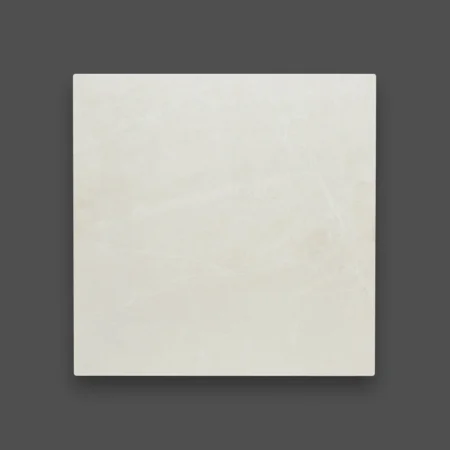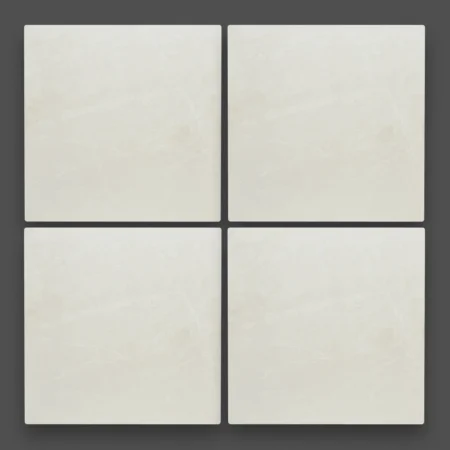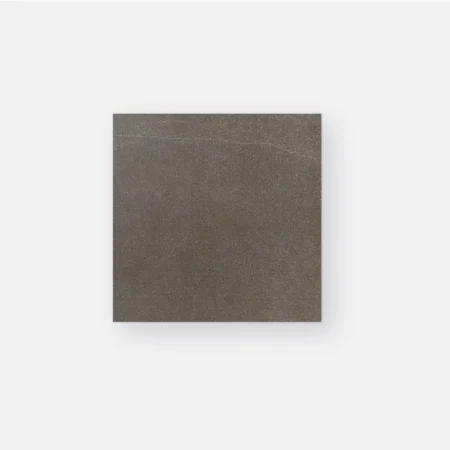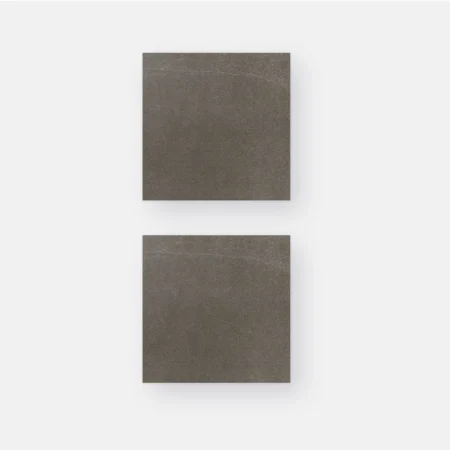Bathroom Tiles in Parramatta
Selecting the right tiles is a crucial aspect when it comes to planning or renovating a bathroom. Bathroom tiles not only serve an aesthetic purpose but also play a significant role in ensuring practicality and durability. With a myriad of options available, choosing the perfect tiles for your bathroom can be a challenging task. To help you make an informed decision and create a stunning bathroom design that suits your needs and preferences, we’ve compiled this comprehensive guide.
Whether you’re looking to renovate an existing bathroom or create a new one, our guide provides the knowledge you need to make a well-informed choice and craft a beautiful bathroom design that meets your requirements.
Types of Bathroom Tiles
Bathroom tiles are an essential component of every bathroom design. They not only offer a functional surface for water and moisture but also contribute significantly to the overall visual appeal of the space. There is a wide variety of bathroom tiles available, each with its unique qualities and attributes. Here are some of the most popular types of bathroom tiles:
Ceramic Tiles: Ceramic tiles are a popular choice for bathrooms. They are durable, cost-effective, and come in a wide range of colors and patterns. Made from clay fired at high temperatures, ceramic tiles create a sturdy and resilient surface. They can withstand high foot traffic, are resistant to water, and require minimal maintenance, making them a suitable option for your bathroom.
Porcelain Tiles: Porcelain tiles are a denser and more durable version of ceramic tiles. They are perfect for bathroom floors and walls due to their water-resistant and slow moisture absorption properties. You can find porcelain tiles in various colors, patterns, and finishes, including matte, polished, and glazed.
Glass Tiles: Glass tiles are often used for bathroom walls and decorative elements. They come in various colors, sizes, and finishes, adding a clean and contemporary touch to any bathroom decor. Glass tiles are both water and stain-resistant, making maintenance a breeze. While they are strong, it’s essential to handle them with care to avoid chipping or scratching.
Stone Tiles: Natural stone tiles, such as marble, granite, and slate, offer a luxurious and magnificent option for bathroom tiles. They come in a range of colors and patterns, providing a more organic and natural vibe to your bathroom decor. Natural stone tiles are durable, waterproof, and relatively low-maintenance. However, they may be more expensive than other tile types and require regular sealing to prevent stains and water damage.
Mosaic Tiles: Mosaic tiles are comprised of small tiles that form a pattern or image. These tiles are made from various materials, such as ceramic, glass, and stone, and come in various colors and patterns. In the bathroom, mosaic tiles can be used as accents or to create a striking feature wall. While they are water-resistant, keep in mind that they might be slightly more challenging to maintain than larger tiles.
In summary, there’s a wide array of bathroom tile types to suit every taste and budget. When selecting bathroom tiles, it’s important to consider factors like durability, water resistance, and maintenance requirements. Your personal preferences, design choices, and functional needs will all play a role in determining the type of tile that’s right for you. With the right bathroom tiles, you can design a beautiful and functional space that will stand the test of time.
Considerations When Choosing Bathroom Tiles
Selecting the perfect bathroom tiles for your space can be a daunting task. There are several factors to consider, including the type of tile, its color, and its texture. Here are some essential considerations when choosing bathroom tiles:
Size and Shape of Tiles: The size and shape of tiles can significantly influence the look and feel of your bathroom. Smaller tiles can add texture and aesthetic appeal, while larger tiles can create a sense of space and cleanliness. When choosing tile size and shape, consider the size, layout, and design aesthetic of your bathroom.
Color and Design Options: The color and pattern of your tiles can have a substantial impact on the overall appearance of your bathroom. Darker colors may evoke a cozy and private ambiance, while lighter hues can make a small bathroom appear more spacious. When selecting tile color and pattern, take into account factors like lighting, overall design style, and your bathroom’s color scheme.
Texture and Finish: The texture and finish of your tiles can affect the look and atmosphere of your bathroom. Matte tiles can create a more rustic and earthy vibe, while glossy tiles can produce a modern and streamlined appearance. Textured tiles can enhance aesthetic appeal and reduce slip-and-fall risks. When choosing tile texture and finish, consider practicality, safety, and design style.
Durability and Maintenance: Bathroom tiles must be durable and easy to maintain, as they are often exposed to moisture, water, and heavy foot traffic. Porcelain and ceramic tiles are typically the most durable and low-maintenance options, while natural stone tiles require more care. When considering tile durability, take into account factors like cost, lifespan, and maintenance requirements.
The Psychology of Color in Bathroom Tile Design
The color of your bathroom tiles can have a significant impact on the mood and ambiance of the room. The psychology of color is a well-established area of study, and research has shown that different colors can have distinct effects on our emotions and behavior. Here are some examples of the psychological effects of various bathroom tile color schemes:
Blue Tiles: Blue is often associated with tranquility, relaxation, and serenity. It’s an excellent choice for those who want their bathroom to feel like a spa retreat, as it can create a calming and peaceful atmosphere. Lighter shades of blue can help make a small bathroom appear more spacious.
Green Tiles: Green is frequently linked to nature, growth, and harmony. It’s an ideal choice for creating a natural and organic vibe in your bathroom, making the space feel refreshing and revitalizing. Green tiles can also make a small bathroom feel airier and more inviting.
White Tiles: White is often associated with simplicity, cleanliness, and purity. It’s a great choice for those who desire a minimalist and modern vibe, as it can make your bathroom feel bright and spacious. White tiles can also enhance the perception of space in a small bathroom.
Gray Tiles: Gray is often linked to balance, neutrality, and sophistication. It’s a good choice for those who want a clean and elegant vibe, as it can create a calm and refined ambiance in your bathroom. Gray tiles can make a small bathroom look more chic and professional.
Black Tiles: Black is often associated with strength, sophistication, and elegance. It’s a great choice for those who want their bathroom to make a statement, as it can create a dramatic and striking ambiance. However, it’s advisable to use black tiles sparingly in a small bathroom, as they can make the space feel cramped and dark.
When selecting bathroom tiles, it’s important to consider color psychology as it can help you create a room that not only looks stunning but also makes you feel fantastic. Whether your goal is to create a serene and relaxing sanctuary or a bold and dramatic statement, there’s a color that can help you achieve your vision.
Popular Bathroom Tile Patterns and Layouts
Bathroom tiles come in a variety of utilitarian and aesthetic styles. The choice of the right tile pattern and arrangement can significantly alter the look and feel of your bathroom. Here are some common bathroom tile designs and patterns to consider:
Grid Pattern: The grid pattern, where tiles are placed in a straight line, is the most common bathroom tile design. It works well with tiles of all sizes and shapes, providing a simple and easy-to-follow design.
Herringbone Pattern: For a more refined look, the herringbone tile pattern is a popular choice. This pattern creates a zigzag pattern by installing rectangular tiles at a 45-degree angle. It can work with tiles of any size and helps create the illusion of space in a small bathroom.
Basketweave Pattern: The basketweave design is another well-liked option for those seeking a sophisticated look. Rectangular tiles are paired up to create a weaving appearance. This pattern can produce an antique or classic aesthetic and is typically used with smaller tiles.
Subway Tile Layout
The subway tile layout is a classic design often used in modern bathrooms. Rectangular tiles are arranged in a staggered brick-like pattern, creating a clean and minimalist look. This design works well with larger tiles.
Diagonal Tile Layout: For a unique and striking appearance, many people opt for the diagonal tile layout. This pattern involves installing rectangular tiles at a 45-degree angle to create a diamond shape. It can work with tiles of any size and helps enlarge a small bathroom.
Luxury Bathroom Tiles: How To Create A Spa-like Retreat
The choice of tiles is a crucial consideration when constructing a bathroom. Luxury bathroom tiles can transform your bathroom into a relaxing retreat that you can enjoy every day, enhancing its look and atmosphere. Here are some tips for choosing the right tiles to create a luxurious bathroom:
Select High-Quality Materials: Luxury bathroom tiles are often made from high-quality materials such as marble, granite, and other natural stones. These materials are a worthwhile investment for your home because they are not only beautiful but also durable.
Choose Neutral Hues: Neutral colors such as white, beige, and gray are popular choices for luxury bathroom tiles. These colors create a tranquil and soothing ambiance that is perfect for a spa-like getaway.
Add Texture and Pattern: Texture and pattern can add depth and dimension to your bathroom tiles. For example, you can choose tiles with a textured or patterned surface. These details can make your bathroom more interesting and luxurious.
Use Large-Format Tiles: Large-format tiles can give your bathroom a sense of richness and spaciousness. These tiles make your bathroom look larger and more open, which is ideal for a spa-like getaway.
Install Underfloor Heating: Underfloor heating can add a touch of luxury to your bathroom. It keeps your feet warm and comfortable, even on cold winter mornings. Additionally, it can help dry out your bathroom, which is essential for maintaining a clean and healthy environment.
Invest in Professional Installation: To ensure that your luxury bathroom tiles look their best, it’s essential to invest in professional installation. A professional installer can help you select the right tiles and create a cohesive look that matches your vision.
Average Cost of Bathroom Tiles: The cost of bathroom tiles can vary significantly based on several factors, including the type of tile, the size of the room, and the complexity of the installation. To assist with budget planning, here’s a breakdown of the average cost of bathroom tiles:
Types of Tiles and Materials
The cost can be significantly influenced by the type of tile you choose. For example, natural stone tiles like marble or granite are often more expensive than ceramic and porcelain tiles. Mosaic tiles, depending on the pattern and materials used, can also be pricier. Here’s an average cost per square foot for different types of bathroom tiles:
- Ceramic tile: $1-$5
- Porcelain tile: $3-$10
- Glass tile: $7-$30
- Mosaic tile: $10-$50
- Natural stone tile: $7-$20
Size of the Space
The size of your bathroom will also affect the cost of tiles. A larger bathroom will require more tiles, leading to a higher overall cost. However, smaller bathrooms can be a good place to invest in more expensive tiles, as you won’t need as many.
Installation Costs
Installation costs are another important consideration. If you choose to install the tiles yourself, you can save money on labor, but you’ll need to purchase the necessary equipment and materials for the job. The cost of hiring a professional installer can vary based on their experience, location, and the complexity of the installation. On average, you should budget between $3 and $10 per square foot for tile installation.
The cost of bathroom tiles can vary widely, so it’s important to consider your budget and priorities when making your selection. Keep in mind that the type of tile you choose and the intricacy of the design and installation will all contribute to the final cost. Ultimately, selecting bathroom tiles that meet both your aesthetic and budgetary needs is key to creating a beautiful and functional bathroom space.



